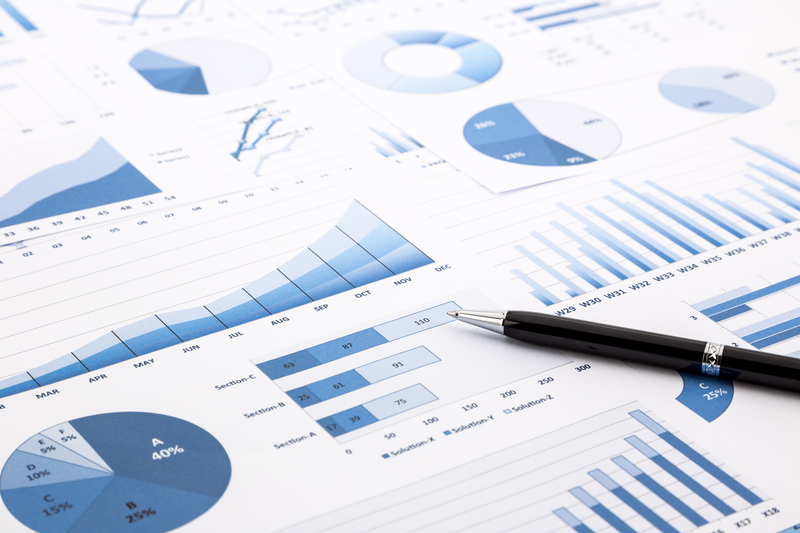Analysts surveyed by CFA Society Romania moderated the growth forecast for this year to 2.5% under the February forecast round from 2.9% in January while increasing the highly optimistic 5.1%-of-GDP public deficit projection (in January) to a still hopeful 5.5%-of-GDP figure.
The Government targets a 5.0%-of-GDP public deficit this year, calculated under assumptions of 3.4% GDP economic growth.
As for the macroeconomic confidence indicator of the CFA, it increased in February by 8.6 points, up to the value of 60.7 points (on a 0-100 point scale, with 50 points reflecting balanced situation/expectations and higher meaning better), due to the increase in both components of the indicator.
The current conditions (69.8 points) seem to be, however, much better compared to the analysts’ expectations (56.2 points) – a pattern indicating, in principle, analysts’ structural pessimism. Both the overall index and the two components have been at their best levels since the war in Ukraine began, however.
The interpretation of the data provided by the CFA Society remains highly encrypted. “Following the fiscal shock in January, which reduced confidence in the economy, the analysts’ confidence returned in February in line with the trend seen in the second half of the previous year [meaning upwards],” explained Adrian Codirlaşu, vice president of the CFA Romania Association.
However, the fiscal prints (published this week, so not captured by the latest CFA Society index) show no improvement in the budget execution, but rather the contrary. It remains rather unclear what boosted analysts’ confidence in February.
In the February CFA Society Romania survey, analysts were questioned on the risks that could affect Romania over a 10-year time horizon.
According to the participants’ responses, the main anticipated risks for the next decade originate outside of the economy. The experts pointed to the risks of armed conflicts between states, disinformation, and cyber attacks.
On a second level, analysts indicated economic risks such as the risk of workforce shortage as well as the risk of non-sustainability of the public debt.
Climatic risks are placed lower on the list, still climbing up from the previous surveys. Among these, the risk of extreme climate and pollution stands out.
“Regarding the risks over a 10-year horizon, geopolitical risks remain at the forefront, especially disinformation, armed conflicts between states, as well as cyber attacks,” commented Adrian Codirlaşu.
iulian@romania-insider.com
(Photo source: Vinnstock/Dreamstime.com)




